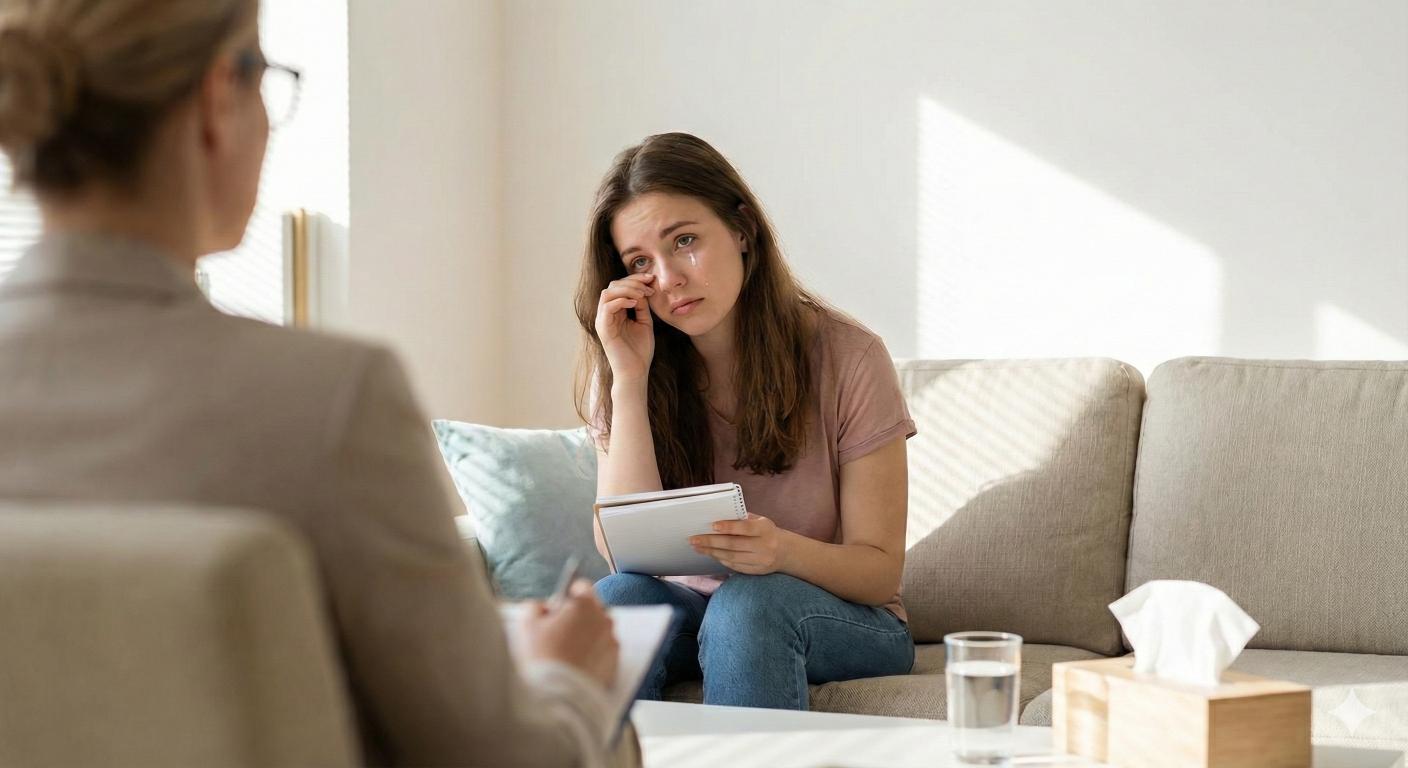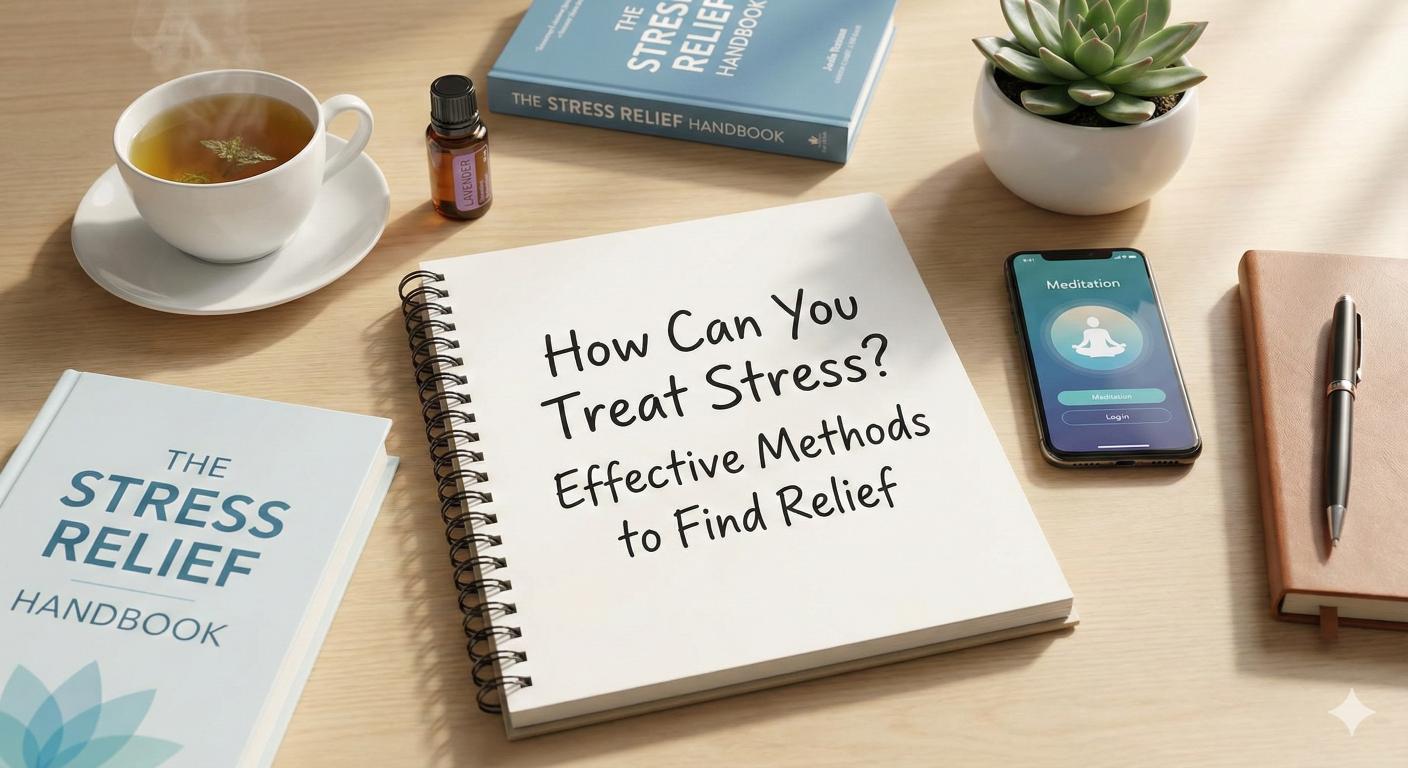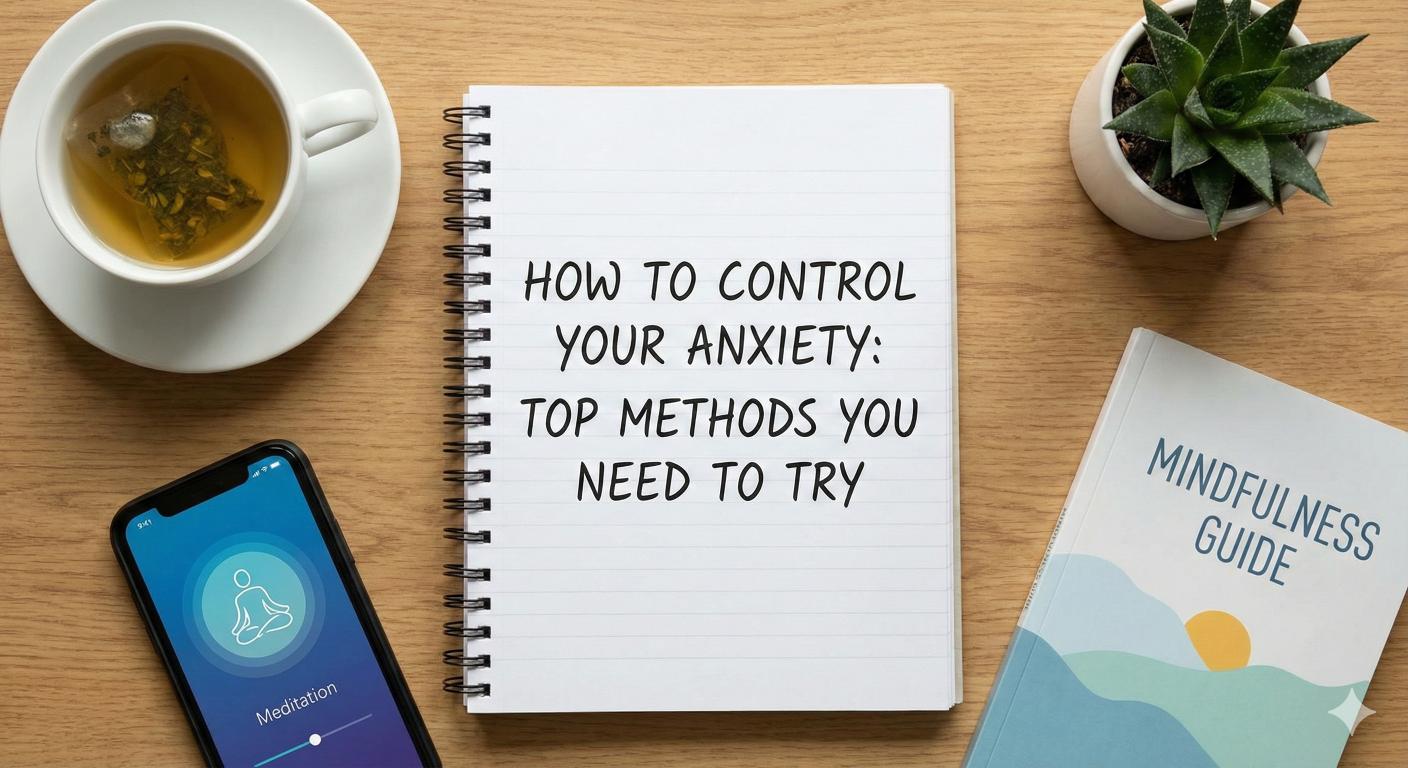Harnessing the Benefits of Light Therapy for Depression
Discover the benefits of light therapy for depression and how it can boost mood and improve well-being!

Understanding Light Therapy
Definition and Purpose
Light therapy, often referred to as Bright Light Therapy (BLT), involves exposure to bright artificial light in a controlled manner. This form of therapy aims to alleviate symptoms of depression, particularly those associated with Seasonal Affective Disorder (SAD). SAD is characterized by recurrent episodes of depression that typically occur during fall and winter seasons, with symptoms remitting in the spring and summer months. According to NCBI, light therapy has become a recognized first-line treatment for SAD since the condition was first identified in the 1980s.

Effects on Depression
The effects of light therapy on depression can be significant. Research shows that it effectively improves mood and reduces depressive symptoms. The mechanism behind this improvement often relates to light's influence on neurotransmitters within the brain, including serotonin. This is crucial because the role of neurotransmitters in depression is a well-documented area of study. Many individuals find that light therapy can enhance their overall sense of well-being and energy levels [1].
A summary of the effects of light therapy on depression is outlined below:
Therapy TypeDepression TypeEffectivenessLight Therapy (BLT)Seasonal Affective DisorderHighLight Therapy (BLT)Major Depression DisorderModerateOther TreatmentsAntidepressant MedicationsHighOther TreatmentsCognitive Behavioral TherapyHigh
Studies indicate that the inclusion of light therapy in treatment plans can lead to a noticeable reduction in depressive symptoms and is a valuable option for those seeking alternatives or supplementary treatments to traditional methods [2]. As light therapy continues to gain recognition, it's essential to consider its benefits as part of an overall treatment strategy for depression.
Benefits of Light Therapy
Light therapy has gained recognition as a beneficial treatment option for various forms of depression, notably Seasonal Affective Disorder (SAD) and Major Depressive Disorder (MDD). Understanding the specific benefits of light therapy can help individuals seeking effective alternatives to traditional treatment methods.
Efficacy in Seasonal Affective Disorder
Seasonal Affective Disorder, characterized by depressive episodes tied to seasonal changes, particularly in winter months, is one of the primary conditions treated with light therapy. Research indicates that light therapy can be highly effective for SAD, leading to significant improvements in mood and overall well-being. Studies show that improvements in symptoms are reported in approximately 40% to 60% of individuals undergoing light therapy for both seasonal and nonseasonal types of depression [3].
StudyImprovement RateCondition TreatedHarvard Health40% - 60%Seasonal Affective Disorder
Light therapy works by mimicking natural sunlight, which may help regulate mood and combat the effects of decreased daylight during the winter months. As a result, individuals experiencing SAD often report enhanced energy levels, improved concentration, and a more positive outlook after participating in light therapy sessions.
Positive Impact on Major Depression Disorder
In addition to its efficacy for SAD, light therapy has been shown to provide positive results for individuals suffering from Major Depressive Disorder. This form of depression does not necessarily follow seasonal patterns and can occur at any time of the year. Light therapy is beneficial for both seasonal and nonseasonal depression, with effects comparable to those of antidepressant medications or popular psychotherapy techniques.
The improvement in depression symptoms through light therapy is typically observed within a week, presenting a faster onset of positive effects compared to traditional antidepressant treatments. The noted benefits include increases in mood, energy, and overall alertness.
TreatmentOnset of ImprovementTypical Conditions TreatedLight TherapyWithin 1 weekMajor Depressive Disorder, Seasonal Affective DisorderAntidepressantsSeveral weeksMajor Depressive Disorder
The advantages of light therapy make it an attractive alternative, especially for individuals who prefer a non-medication approach due to potential side effects associated with traditional antidepressants, which can include nausea, weight gain, and sexual dysfunction. Overall, light therapy represents a promising option for enhancing mental health in those dealing with depressive disorders.
Side Effects and Considerations
While light therapy has been recognized for its benefits in treating depression, it's important to be aware of potential side effects and the need for proper medical guidance.
Common Side Effects
Light therapy may present several mild side effects, which include:
Side EffectDescriptionHeadachesCommon following initial exposure to bright light.EyestrainCan occur due to the intensity of light.NauseaSome individuals may feel slight discomfort in their stomachs.IrritabilityIncreased sensitivity or agitation may happen during treatment.InsomniaDisruption of sleep patterns can occur if sessions are too close to bedtime.
Light treatment is generally well-tolerated; however, patients should be informed that adjustments in dosage or session timing may help mitigate these effects. It is essential to monitor symptoms closely, as improvement in bothersome symptoms has been reported alongside these side effects [5]. For patients who cannot tolerate light therapy well due to agitation, altering the duration of therapy or increasing the distance from the light source may provide relief [6].
Importance of Physician Consultation
Before starting light therapy, it is crucial to consult a healthcare professional. This is particularly important for individuals with specific medical conditions, as light therapy can potentially exacerbate symptoms. For example, those using photosensitizing medications should be cautious, as they may experience adverse reactions to bright light.
A physician can evaluate individual health needs and advise on optimal light therapy setups that prevent issues such as increased energy or agitation. Monitoring by a qualified clinician ensures that any potential worsening of symptoms is promptly addressed. By consulting with a healthcare provider, individuals can be guided not only in the safe implementation of light therapy but also in integrating it with other treatments for depression. For more information on alternative treatments, consider exploring options such as exercise as a treatment for depression or transcranial magnetic stimulation (TMS).
Implementing Light Therapy
Implementing light therapy can be an effective way to alleviate symptoms of depression, particularly for individuals suffering from Seasonal Affective Disorder (SAD). The following sections outline the proper guidelines for usage, as well as recommendations for session length and timing.
Proper Usage Guidelines
For optimal results with light therapy, it is recommended to follow specific usage guidelines. Patients should be consistently exposed to a light therapy unit that emits between 2,500 and 10,000 lux, which helps compensate for the lack of sunlight exposure. This is particularly crucial during the fall and winter months when symptoms of major depressive disorder may worsen. Guidelines include:
Consistency is key; treatment should be done daily, including weekends, to maintain effectiveness.
Session Length and Timing
The length of each light therapy session depends on the individual's tolerance to the treatment and the intensity of the light box being used. The general recommendations are:
These recommendations are designed to not only maximize the benefits of light therapy for depression but also to minimize potential side effects. Individuals looking to understand more about the potential side effects and when to consult with a physician can refer to the section about side effects and considerations.
Incorporating these usage guidelines and timing strategies can significantly enhance the effectiveness of light therapy, thus contributing positively to one's mental health journey.
Comparing Light Therapy to Other Treatments
Comparison with Antidepressant Medications
Light therapy has been studied and shown to be effective in treating various forms of depression, including Seasonal Affective Disorder (SAD) and major depressive disorder. Research indicates that the effectiveness of light therapy is approximately on par with that of antidepressant medications or prominent forms of psychotherapy, with symptom improvements reported in about 40% to 60% of individuals receiving treatment [3].
Treatment TypeEffectiveness Rate (%)Light Therapy40 - 60Antidepressant Medications40 - 60
Patients receiving light therapy typically experience improvement in bothersome symptoms associated with depression, with a substantial benefit-to-risk ratio. While there are potential side effects to consider with any treatment, light therapy is often perceived as a safer alternative due to its non-invasive nature. Patients undergoing light treatment should be informed about potential side effects and provided guidance on dosage adjustments to mitigate them.
Advantages of Light Therapy
Light therapy offers several advantages compared to traditional antidepressant medications. Firstly, it is non-invasive and does not require prescriptions, making it a convenient option for many individuals. Secondly, light therapy can be applied in various settings, providing flexibility and ease of use.
Another important benefit is that light therapy tends to have fewer side effects than many antidepressants. Side effects associated with light therapy are generally mild and can often be managed effectively. In contrast, antidepressants can lead to a range of side effects, such as weight gain, sexual dysfunction, and fatigue.
Additionally, light therapy can improve symptoms of other conditions beyond depression, such as perinatal depression, ADHD, and even mood-related symptoms in non-depressive disorders [8]. This broader applicability makes light therapy a versatile treatment option for various populations.
In summary, the benefits of light therapy for depression extend beyond simple mood improvement, offering a well-rounded and flexible approach to mental health that aligns with the needs of individuals seeking alternative treatment options.
Expanding Applications
Treatment for Bipolar Depression
Bright Light Therapy (BLT) has gained attention for its potential in treating bipolar depression. Several studies show a reduction in disease severity in patients receiving BLT, either as a standalone treatment or combined with other therapies. A meta-analysis indicated that BLT combined with total sleep deprivation offers more sustained antidepressant effects than total sleep deprivation alone. This suggests that light therapy may serve as an effective tool for those managing the bipolar spectrum of mood disorders.
For optimal results, individuals with bipolar depression should consider utilizing BLT early in the day to align with their circadian rhythms and avoid potential manic episodes. It is important for users to discuss this treatment option with their healthcare provider to tailor it effectively to their treatment plan.
Potential in Other Mental Health Disorders
The applications of light therapy extend beyond bipolar depression. Research indicates that BLT can be beneficial in treating various other conditions, such as eating disorders and adult Attention-Deficit/Hyperactivity Disorder (ADHD). In studies, individuals with adult ADHD who participated in BLT showed improvements in mood, decreased symptoms, and better regulation of circadian rhythms [8].
Light therapy is recognized for its effectiveness in treating Seasonal Affective Disorder (SAD) and major depressive disorder. Its impact on non-seasonal depressions is comparable in effectiveness to that of antidepressants and psychotherapeutic approaches, with symptom improvements observed in approximately 40% to 60% of participants.
Moreover, light therapy is considered a favorable alternative for individuals who may need to avoid medications, such as pregnant women or elderly patients. This aspect of light therapy makes it an appealing option for individuals who may be sensitive to the side effects of traditional antidepressant medications [3].
As research continues, the potential for light therapy to address various types of mental health disorders presents an exciting avenue for therapy and intervention strategies.
References
[2]:
[3]:
[4]:
[5]:
[6]:
[7]:
[8]:
More Resources
A team ready to start your journey.
Get in touch — today.
We are a safe space – a haven for exceptional individuals to receive discreet, personalized, in-person treatment and care.
.avif)










